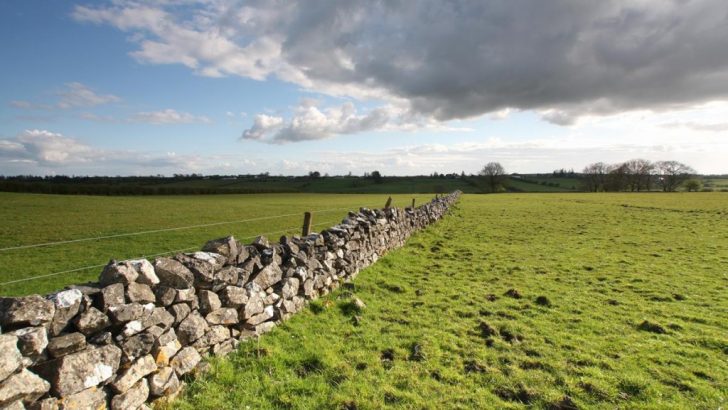Ireland in the European Eye
edited by Gisela Holfter and Bettina Migge (Royal Irish Academy, €25.00)
Joe Carroll
This large book (515 pages) is billed as “a comprehensive survey of Ireland’s place in Europe, providing a detailed narrative of a cultural relationship that began with Irish missionaries bringing Christianity and learning to the continent”.
The 22 authors, all experts in their fields, examine Ireland’s relationship with Europe from the missionary expeditions of the early Middle Ages right up to the present. They cover film, music, art, architecture, media, literature and European studies.
The first part provides a historical context with useful essays on trade and educational links with the continent up to the 17th Century, Irish foreign policy towards Europe since 1921 and how Ireland negotiated its membership of the European Economic Community in the 1970s after prolonged dependence on Britain.
The portrayal of Ireland in modern times in the literatures of France, Spain, Poland, Germany, Italy and the Netherlands is quite enthralling for an Irish reader who does not have access to them for linguistic reasons. Pierre Joannon, a student of Irish writing and culture over many years, rhapsodises over Ireland’s effect on French writers: “A people which cultivates reason and madness with equal passion, a nation which extends beyond its glens and its coasts, a ghost, a cry, a song.”
Languages
The chapter of “Nordic encounters with Irish literature” gives an interesting glimpse into how Irish writing is viewed in the Scandanavian countries. Work by Irish women writers as well as Joyce, Yeats and Swift figure here with even a section devoted to Irish chick-lit now available in all the Nordic languages.
There is a useful survey of translations from Irish into various European languages. These are mainly French and German, but there are also examples in Romanian and Czech. Irish language poetry is also widely translated.
French director Yves Boisset’s Un Taxi Mauve (The Purple Taxi) was a box-office hit in France in the 1970s. It was worth millions for tourism”
The section dealing with the European appreciation of Irish art, architecture, film and music is especially interesting. Harking back to the missionary period, Lynda Mulvin discusses the Celtic artistic aesthetic in the art and architecture of continental Europe, again reminding us of the debt we owe to those pioneering monks.
They brought not only their Faith to dangerous Frankish and Germanic territories, but also superb Celtic art some of which is fortunately preserved in European museums and religious houses.
The depictions of Ireland in British, German and French cinema in the period 1938-2014 can be at times cringe-making. The beauty of the Irish landscape vies with sectarian or drunken violence as poles of attraction for foreign film-makers.
French director Yves Boisset’s Un Taxi Mauve (The Purple Taxi) was a box-office hit in France in the 1970s. It was worth millions for tourism. As some commentators pointed out: “For many French tourists, the film’s representation of Ireland as a primitive paradise untouched by the trappings of modernity (albeit peopled by brawling and savage locals) is a key factor encouraging them to visit.” Today’s equivalent might be videos of the Wild Atlantic Way.
The depictions of Ireland in British, German and French cinema in the period 1938-2014 can be at times cringe-making”
In music, it will be a surprise for some Irish readers to learn of the huge influence of Thomas Moore’s lyrics and music in 19th Century Germany and further afield. Today that is replaced by the widespread appreciation for Irish traditional music, in some cases via the ubiquitous Irish pubs.
The growth of European studies in Irish universities is examined. To its credit, Limerick created a degree course back in 1974 before the bigger universities followed suit with the help of EEC grants which also financed the invaluable Erasmus scholarships.
Thousands of ‘Erasmus babies’ have benefited from exposure to the higher education cultures of European universities and vice versa.
In Britain, academics view with dismay the severing of this link for their under-graduates because of Brexit. The extensive bibliographies accompanying each chapter of this book will be a valuable resource for those engaged in current European studies
The idea for this book arose from the Royal Irish Academy’s committee on language, literature, culture and communication. It has proved to be a worthwhile project which may in future be extended to include Northern Ireland.



